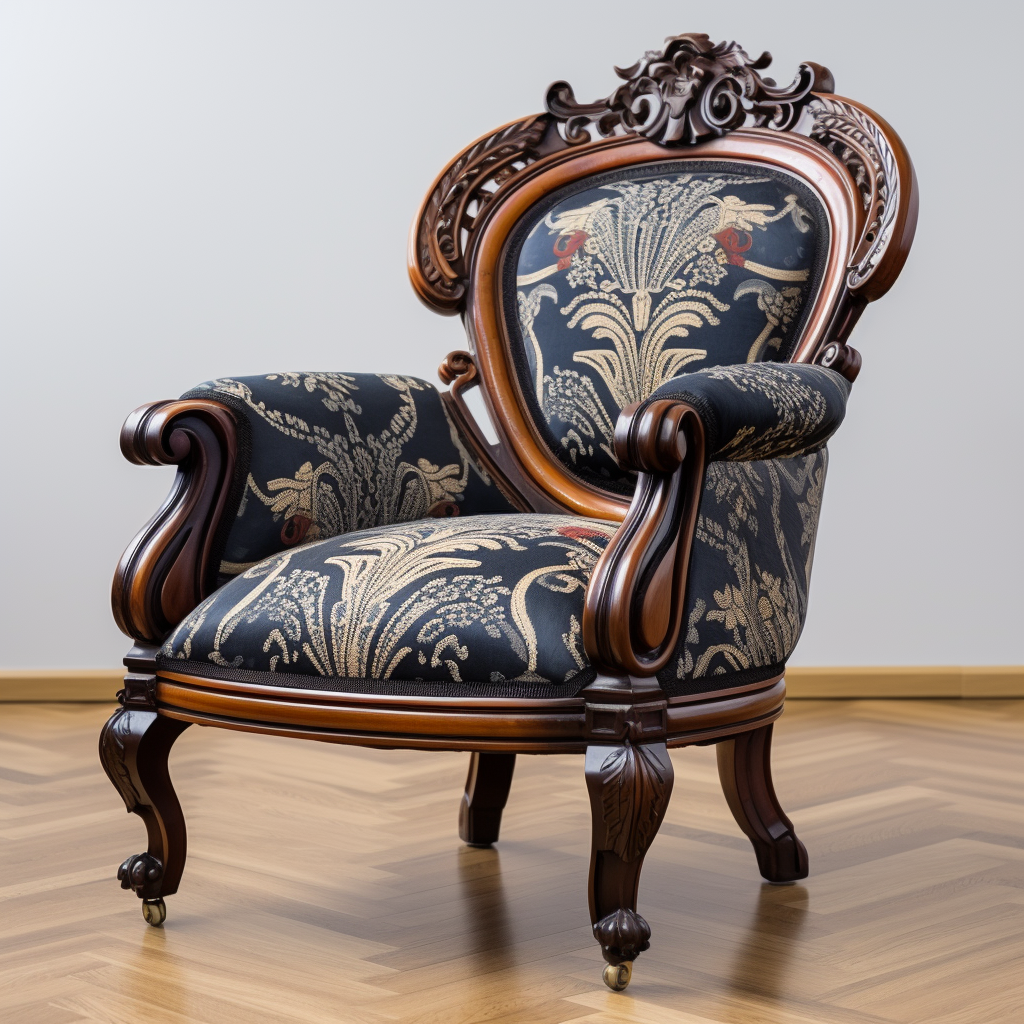🌞🌼 Call: 218 234 2852 🌼🌞
The Impact of Decorative Brads on Antique Furniture

The Art of Decorative Brads on Antique Furniture: Adding Elegance and Character
Antique furniture holds a special place in the world of interior design and craftsmanship. These timeless pieces not only showcase the artistry and skill of past generations but also add a touch of elegance and character to any space. Among the many elements that contribute to the charm of antique furniture, decorative brads play a significant role. These small, often overlooked details, enhance the overall aesthetic appeal and historical value of each piece. In this blog post, we delve into the world of decorative brads on antique furniture, exploring their history, types, and the craftsmanship involved in their application.
The History of Decorative Brads
Decorative brads, also known as upholstery tacks or nails, have been used for centuries to embellish and secure upholstered furniture. Their use dates back to the Middle Ages, where they served both functional and decorative purposes. Initially, brads were simple and utilitarian, but over time, they evolved into intricate designs that added to the beauty of the furniture.
- Medieval and Renaissance Periods: In these times, brads were primarily functional, used to secure fabric to wooden frames. As craftsmanship advanced, brads became more decorative, featuring ornate designs that reflected the artistry of the period.
- Baroque and Rococo Eras: The 17th and 18th centuries saw an explosion of decorative brads in furniture design. These periods favored opulence, and brads were often gilded or made from precious metals, adding a luxurious touch to chairs, sofas, and headboards.
- Victorian Era: The Victorian period embraced elaborate designs and intricate details. Decorative brads were used extensively to create patterns and embellishments on furniture, contributing to the overall grandeur and richness of the pieces.
Types of Decorative Brads
Decorative brads come in various shapes, sizes, and materials, each adding a unique element to antique furniture. Some common types include:
- Round Brads: The most traditional and widely used, round brads can be simple or ornate, with designs ranging from plain domes to detailed patterns.
- Square Brads: Less common but equally striking, square brads offer a distinctive look and are often used in geometric patterns.
- Clavos: Large, decorative nails with prominent heads, often seen in rustic or Spanish-style furniture.
- Custom Brads: Some antique pieces feature custom-made brads, crafted to match the specific design elements of the furniture.
The Craftsmanship of Applying Decorative Brads
Applying decorative brads to furniture is a meticulous process that requires skill and precision. The placement of each brad can dramatically affect the overall look of the piece. Here's a glimpse into the craftsmanship involved:
- Design Planning: Before application, the design is carefully planned to ensure symmetry and balance. This may involve sketching patterns or marking the fabric or wood.
- Precision Placement: Each brad is placed precisely, often with the aid of a hammer or specialized tools. The craftsman must ensure that the brads are evenly spaced and aligned.
- Attention to Detail: The craftsman pays close attention to the details, ensuring that each brad is securely fastened and that the pattern enhances the furniture's design.
- Historical Techniques: When restoring antique furniture, traditional methods and tools are often used to preserve the authenticity and historical integrity of the piece.
The Impact of Decorative Brads on Antique Furniture
Decorative brads can significantly enhance the beauty and value of antique furniture. They add a layer of sophistication and detail that draws the eye and highlights the craftsmanship of the piece. Whether used sparingly or in elaborate patterns, brads contribute to the unique character and charm of each item.
Conclusion
The use of decorative brads on antique furniture is a testament to the artistry and attention to detail that define these timeless pieces. From their historical origins to their diverse designs, brads play a crucial role in enhancing the aesthetic appeal and value of antique furniture. As we appreciate the beauty and craftsmanship of these decorative elements, we also gain a deeper understanding of the rich history and traditions that have shaped the world of furniture design.
